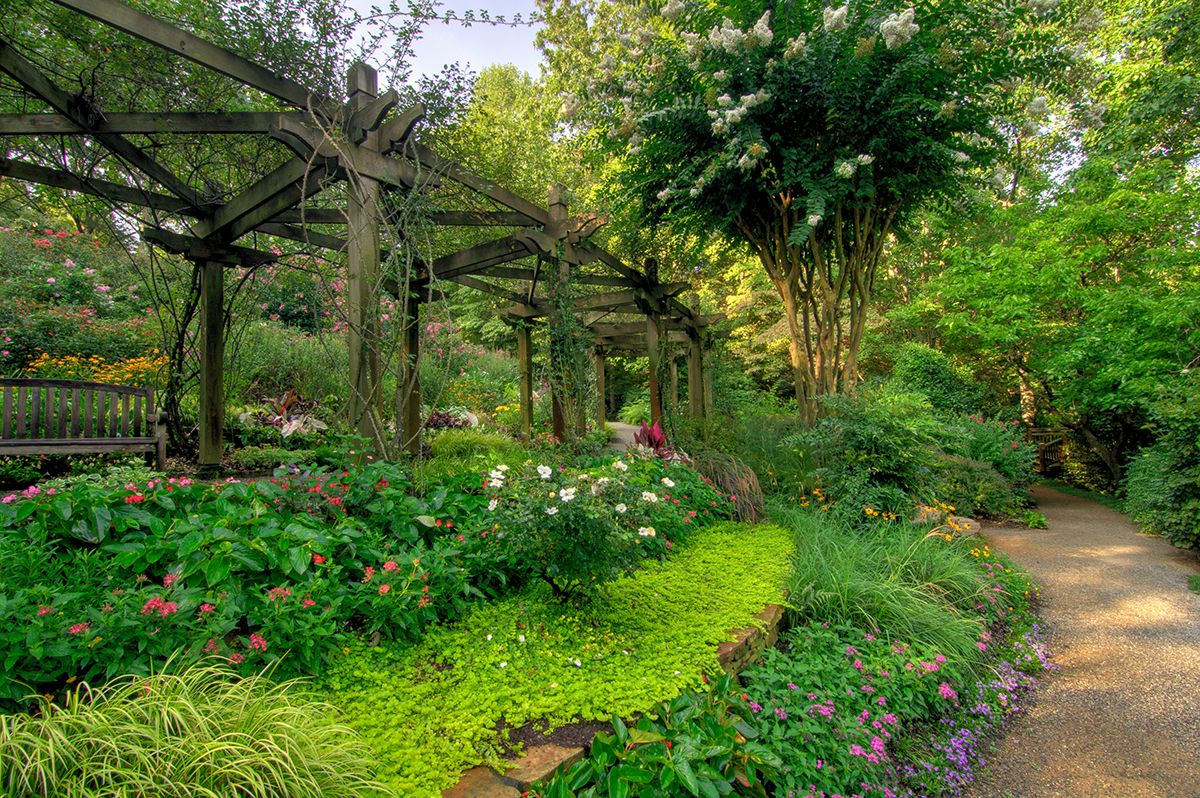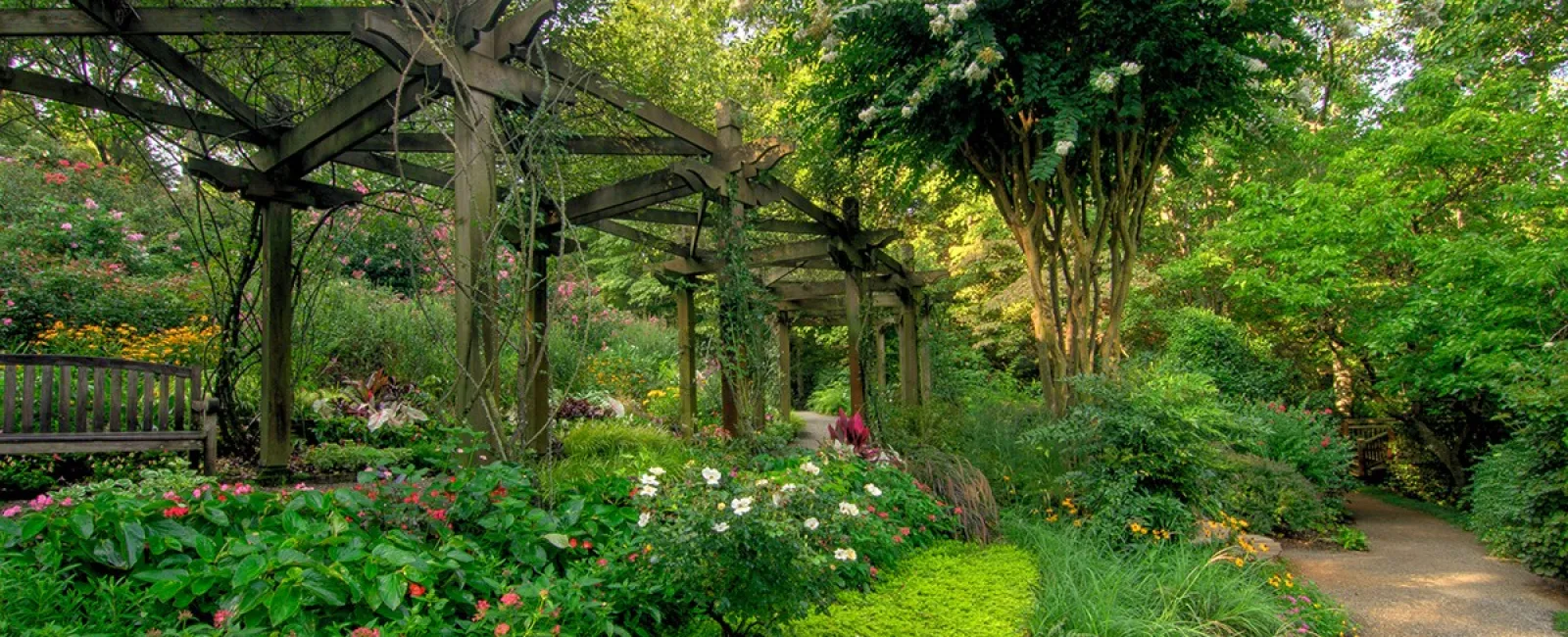
Spring weather this year has been anything but predictable. April brought temperatures in the mid-90s with a very little accumulation of rain. Then May arrived with much cooler temperatures along with almost daily showers. As most Georgians know, this area of the country is prone to extended periods of drought so we try never to complain about rain. But too much of anything can have a negative impact on your garden landscape and this includes rain.
Plants need water, so more is better right?
No, not exactly. Rains (or watering) that persist over an extended period, place stresses on plants in our landscapes. Although soil may seem rather solid, there are lots of spaces between the particles. These spaces hold air and water, and the roots of plants need both. Roots absorb oxygen from the air spaces in the soil. For example, when it rains or you water a plant growing in a container, all of the spaces in the soil fill with water, and the air is displaced. Gravity pulls on the water and it moves downward and away from the root system. As it does, air moves back into the soil spaces. If rain occurs frequently over an extended period, the air spaces in the soil are kept filled with water. This deprives the roots of the oxygen they need. If these conditions continue long enough, the roots stop functioning properly and may even begin to die. Basically, the plant begins to drown. This becomes a critical time for the health of your plants, the roots are also more vulnerable to attack by fungal organisms in the soil that cause root rot. Root rot infections are highly damaging to the roots and are often fatal.
I can't make it stop raining so what can I do to protect my plants?
When it rains frequently and excessively over a long period, there is little we can do as gardeners to deal with the situation. Our major defense against this happening is to make sure our landscape plants are planted in well-drained soils. This can be achieved by creating raised beds. Whether we are planting shrubs, bedding plants, perennials, vegetables or ground covers, the beds we prepare for them should be about 6 to 12 inches higher than the surrounding soil. Raised beds drain faster and dry out more quickly than ground-level beds. Raised beds may require more watering during dry times but planting in raised beds gives your landscape plants an added advantage.
Creating a raised bed is typically accomplished when we turn the soil and add organic matter during bed preparation. The turning of the soil and the addition of several inches of rich organic matter elevates the bed about 6 inches.
Drainage is the key.
Sometimes drainage systems may need to be installed. The best time to evaluate the movement of water off of your property is during a heavy rain, after it has rained for a while. You will be able to clearly see how the water is flowing across your property, where it is exiting and what might be done to improve its movement off of your property. A licensed and experienced Gibbs landscape architect can help you design and install drainage when needed.
My plants are in raised beds and in a properly drained soil. How do I protect my plants from fungi caused by excessive rain?
Splashing water distributes fungi that may result in blight, black spots, or other nasty plant ailments. Your best defense against those diseases is mulch. It helps prevents water splashing from soil to leaves. Mulch also helps keeps soils moist during dry times too.
As always, Gibbs Landscape Company will continue to monitor all of these issues in our client's garden landscapes. We offer the appropriate expertise and experience to help make your garden landscape thrive during these unpredictable weather changes. Contact us today!
As winners of over 275 awards, Gibbs Landscape Company offers a proven track record of creative, quality landscape design and maintenance. Our team of highly trained, qualified Landscape Architects and horticulturalists can design and maintain a landscape that will add value to your property for years to come. You deserve the best in landscape design/build and maintenance…you deserve Gibbs Landscape Company

